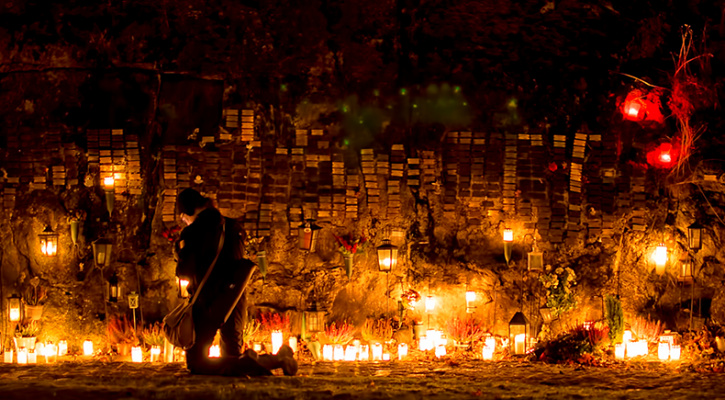Solemnity of All Saints, Saint of the day for 1 November

Saint of the day for November 1
The story of the solemnity of All Saints
The first certain observance of a feast in honor of all the saints is a commemoration of the beginning of the fourth century of "all martyrs". At the beginning of the 28th century, after successive waves of invaders sacked the catacombs, Pope Boniface IV collected about XNUMX chariots loaded with bones and buried them under the Pantheon, a Roman temple dedicated to all the gods. The pope rededicated the sanctuary as a Christian church. According to the venerable Bede, the pope intended "that in the future the memory of all the saints could be honored in the place that had previously been dedicated to the worship not of gods but of demons" (On the calculation of time).
But the rededication of the Pantheon, like the previous commemoration of all the martyrs, took place in May. Many Eastern Churches still honor all saints in spring, during the Easter period or immediately after Pentecost.
How the Western Church came to celebrate this feast, now recognized as a solemnity, in November is an enigma for historians. On November 1, 800, the Anglo-Saxon theologian Alcuin observed the celebration, as did his friend Arno, bishop of Salzburg. Rome eventually adopted that date in the XNUMXth century.
Reflection
This feast first honored the martyrs. Later, when Christians were free to worship according to their conscience, the Church recognized other ways to holiness. In the early centuries the only criterion was popular acclamation, even when the bishop's approval became the last step in inserting a commemoration in the calendar. The first papal canonization took place in 993; the lengthy process now required to demonstrate extraordinary holiness has taken shape over the past 500 years. Today's festival honors both the dark and the famous: the saints that each of us has known.